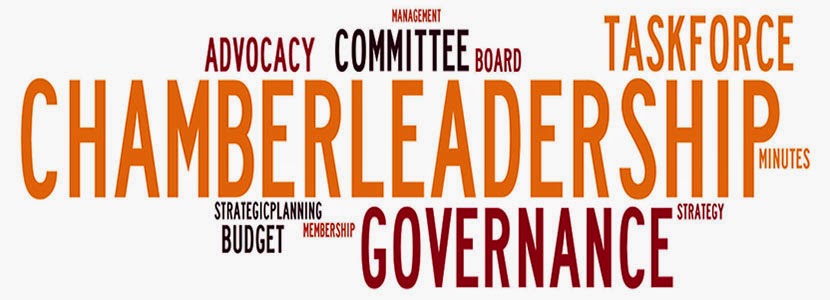At a recent seminar I attended, the speaker, Adam Hostetter, NotchPoint Consultants, talked about how organizations can use mobile interactions to engage your members.
He started off by talking about "Micro Moments" - a term Google pegged in 2015
Your members have micro moments all the time - little things that can make a difference for your members - think of them as experiences your members have with your chambers over a period of time.
He stressed that these experiences should be consistent whether you're on a phone, iPad or computer - since our members are switching between the three 91% of the time.
He went on to say exclusivity and urgency are key in getting members to take action when marketing - think early bird pricing that ends at midnight not 30 days away.
Is your next program plugged into Amazon Echo so when your members ask when is the next (your Chamber) event, Alexa will respond? I must admit, I hadn't thought of that one before.
Are you worth it? Make sure you continue to deliver the goods during these micro moments.
His final three comments in this fast paced 30 minute discussion discussion, you need to:
His final three comments in this fast paced 30 minute discussion discussion, you need to:
- Seamless experience - online and offline.
- Bring it - deliver fast, relevant, assistive experiences.
- Use your data - enable personalization.
His final comment worth noting, if you remember nothing else - "delight and be useful."
For more information on "Micro Moments" go to Google's webpage found HERE.


